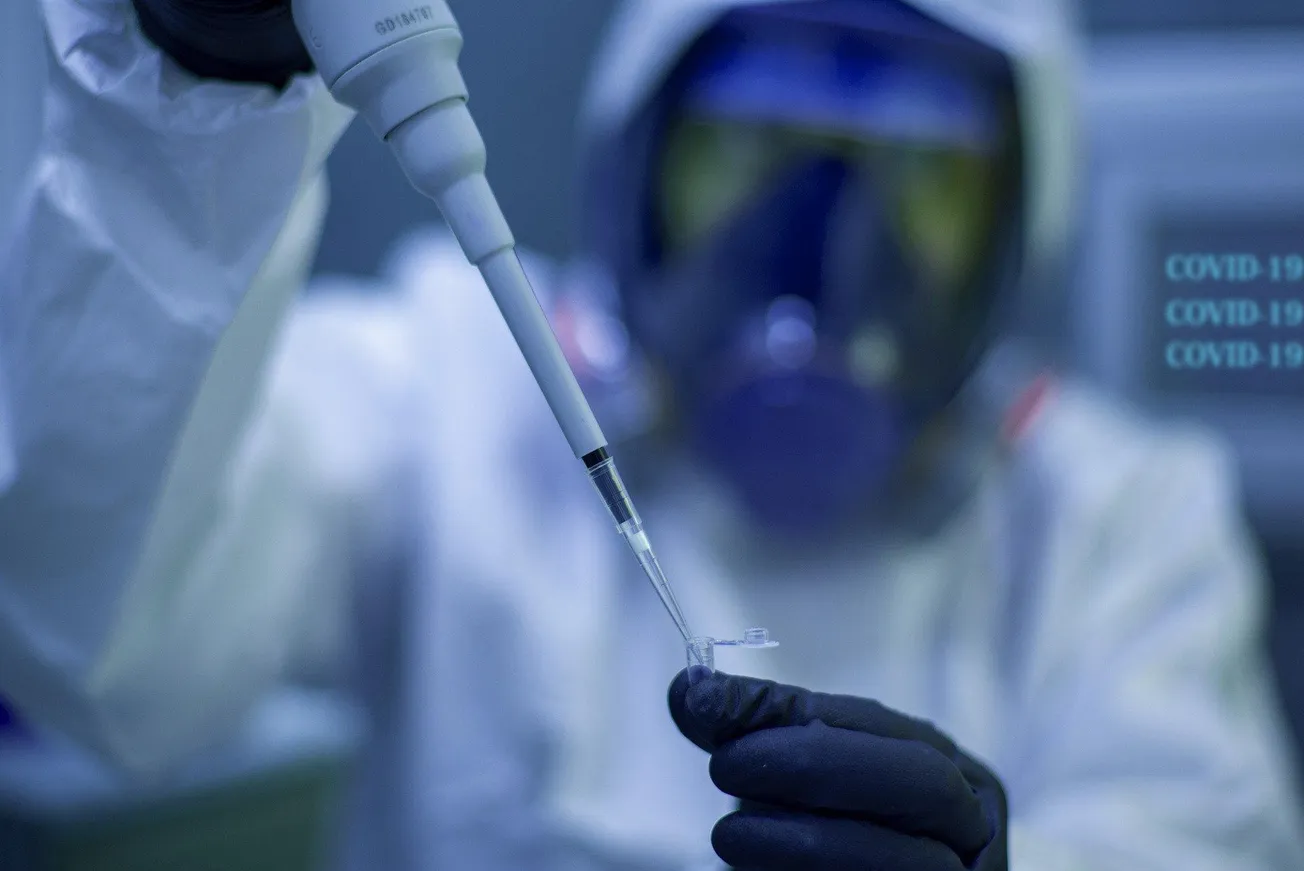The winter months ahead are looking grim in terms of the COVID pandemic, according to most infectious disease specialists. The U.S. is now reporting 93,000 new cases a day—a 46% increase since late October. According to Bloomberg, 32 states, almost all in northern mountainous regions, have seen a daily increase in cases of 10% in the last two weeks. In 18 states, there are now more ICU patients either confirmed or suspected of having COVID than there were one year ago. One hot spot is Michigan, home to the Henry Ford Health System, consisting of five major hospitals in Detroit, which have seen cases soar by 50% over the last three weeks. Yesterday, statewide COVID hospitalizations reached 4,085, close to the record of 4,640 of April 2020.
Michigan Gov. Gretchen Whitmer, who during past surges imposed strict public health protocols, is now hesitant to do so, but has asked the Defense Department to provide emergency staff. Michigan’s 7-day case rate of more than 600 per 100,000 is triple the national average. COVID patients are overflowing into hospital hallways and conference rooms. Brian Peters, CEO of the Michigan Health & Hospital Association, said in an interview with Bloomberg, “the situation right now is as dire as it has been for our hospitals since the start of the pandemic. The hot spot is literally the entire state: it’s rural, it’s urban, it’s everywhere.”
Staffing has become a real nightmare. In remarks to Bloomberg, Eric Toner, a senior scholar with the Johns Hopkins Center for Health Security, whose specialty is hospital preparedness, put it this way: “We have burnt through a whole generation of healthcare workers. More often than not, the reason that the intensive-care units are overwhelmed is that they don’t have staff.” So, this week, the Defense Department sent a team of 20 nurses, respiratory therapists and other professionals to help staff the University of Colorado Health’s Poudre Valley Hospital in Fort Collins. In Minnesota, Gov. Tim Walz is deploying the state’s National Guard to help fill gaps in skilled nursing. Toner states that because of the staff shortages, it will now take less time for the latest wave of COVID infections to overwhelm the system, and the oncoming flu season will cause additional stress.
In an interview with Minnesota’s Twin Cities Business Nov. 21, epidemiologist Dr. Michael Osterholm, PhD MPH, founder and director of the Center for Infectious Disease Research and Policy (CIDRAP) at the University of Minnesota, was asked “what have we learned about our nation’s health care infrastructure in this pandemic?” He replied, “Well, I think if anything, we’ve come to challenge the notion that we even have a system. I think we have a lot of bits and pieces that have all been kind of thrown together in a bucket and said ‘here’s your system.’ The fact that, for example, the major limiting factor in providing care is not intensive care beds, not ventilators, not drugs or supplies, but people. We have a system that is stretched so thin, how do we keep it together?” (https://tcbmag.com/mike-osterholm-on-covids-next-act/)



